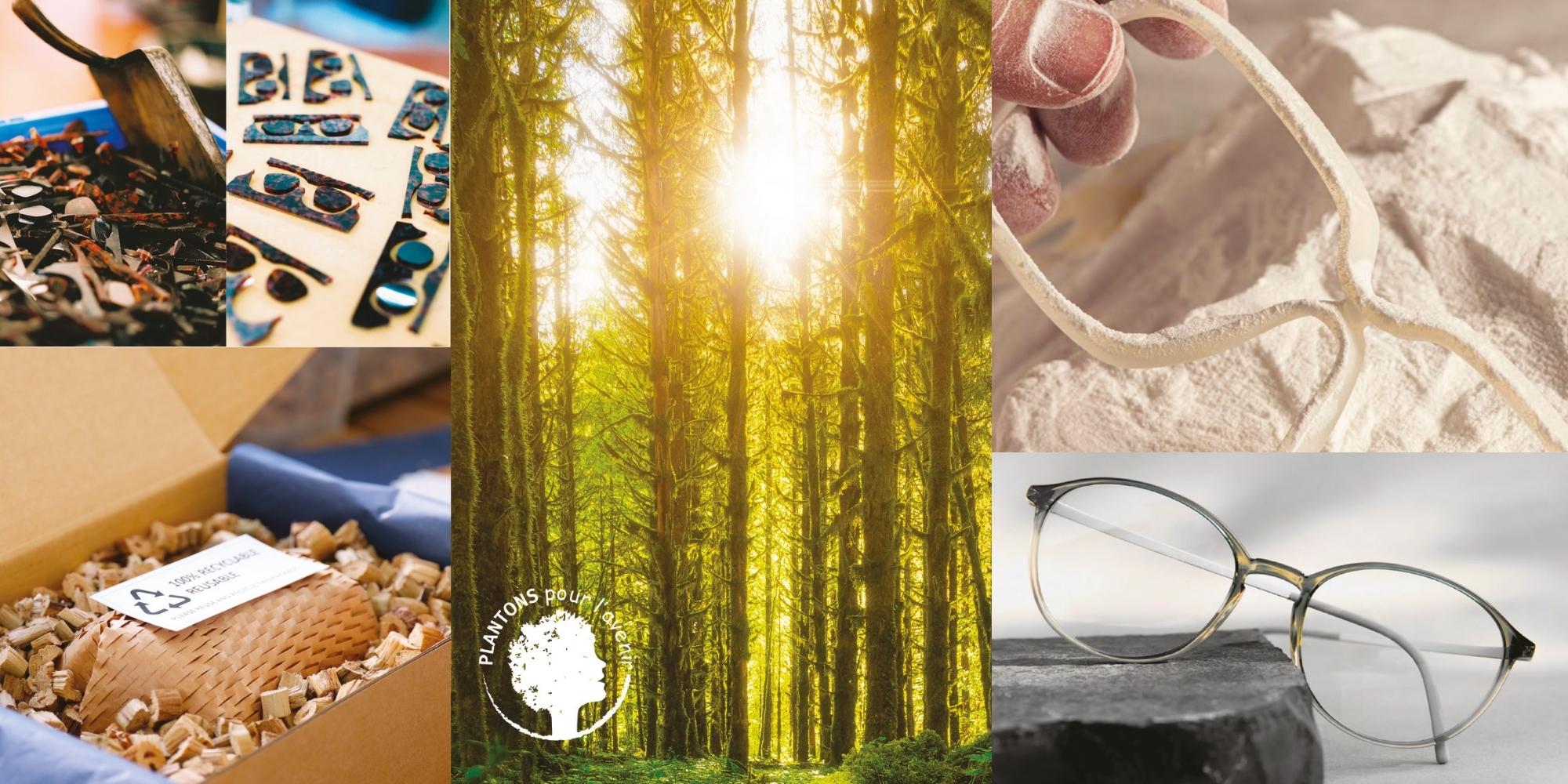
The theme of sustainability has gained ever-widening resonance and today represents an imperative that can no longer be ignored, especially by those sectors that have a greater impact on our planet and its resources. Among these, the fashion industry stands out, which could not exempt itself from confronting this issue. This gives rise to a spontaneous question: is the race towards sustainability a concrete goal for fashion companies, or is it merely a superficial or marketing matter?
Navigating Sustainability’s Imperative
Over the past few years, numerous companies have taken concrete steps to become more sustainable. The adopted solutions have been diverse, ranging from choosing more eco-friendly materials to others that allow garments to last longer over time. The creation of more durable products is well suited to a circular economic system, which breathes new life into used garments through resale, repair, or even rental. The popularity of vintage fashion is closely linked to circularity, as it involves bringing back clothing and objects from the past.
Others have initiated projects that involve recycling materials from previous productions to create new products, fully embracing the technique of reuse. Sustainable strategies of this kind are essential in reducing overstock, a critical issue in the distribution chain. A parallel matter that should not be overlooked is that of packaging: many companies now use recyclable packaging, easily recognizable by the end consumer, contributing to the recycling of otherwise wasted materials.
Engineering Sustainable Shifts: From Materials to Mindsets
Following in the footsteps of the fashion industry, eyewear manufacturers have also developed greater sensitivity and have acted on two fronts: firstly, the selection of raw materials, and secondly, the revision of production processes. Today, many brands employ more sustainable materials for their frames, such as plant-based polymers, titanium, or steel. They have also modified production processes to reduce environmental impact, for example, by implementing less polluting production methods, using renewable energy, and saving electricity. This approach is evident mainly in companies that have direct control over all production phases and can, therefore, establish a long-term program. Furthermore, the profound connection to the brands’ geographic origins and their ongoing presence in the local environment serves as a catalyst, urging companies to place heightened focus on environmental sustainability.
Eyewear production is not a small part of the vast fashion industry. Global production counts hundreds of millions of pieces each year, and is continuously growing. While eyewear faces greater challenges in achieving an ideal virtuous ecological cycle; Why is it so difficult to change course? It is a challenging task, and some even claim that eyewear production can never be entirely sustainable. The current patterns and models followed by the fashion industry involve overproduction of products and, consequently, substantial exploitation of natural resources and labor. However, it would be a mistake to solely point the finger at the brands, as this indifference often reflects the behavior of a significant portion of the targeted consumers.
Fashioning the Future: Challenges and Re-education
When an average consumer chooses a product, they consider its aesthetics, design, and even the quality of materials, even for fast fashion products. Consumers rarely question the production process behind it, its sustainability, and, above all, these factors do not influence their final choice. A product presented as sustainable still exerts limited appeal on the consumer, and consequently, brands are less incentivized to invest, both economically and otherwise, in the sustainability of their products and production processes.
To achieve a real breakthrough, the first necessary step is to re-educate consumers. This means, on one hand, helping to develop greater awareness regarding issues such as sustainability and environmental respect, and, consequently, fostering a deeper understanding of the consequences of their purchases.
Re-education must also have another goal: to restore value to the garments and products they buy. Only sixty years ago, the quality of a garment was crucial because it was intended to last and be reused for several generations. Today, there has been a complete reversal of this trend: in a reality where the main objective is to keep up with trends, many consumers prefer cheap and low-quality items, meant to last only for a season. Fast fashion and its dynamics have stripped garments of their intrinsic value, turning them into disposable objects.
Initiating a process of re-education could genuinely mark the inception of a positive feedback loop within the fashion industry, encouraging brands to become more motivated in advocating sustainable products to cater to the needs of an increasingly aware and thoughtful customer base. In turn, consumers would be positively influenced by a fashion industry that is increasingly directed towards sustainability. This process has already begun, and praise should be given to those brands that are pioneering a path towards a more sustainable fashion.
It is inevitable that the new generations can and will become the true driving force behind this change.

Leave A Comment